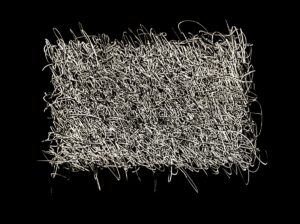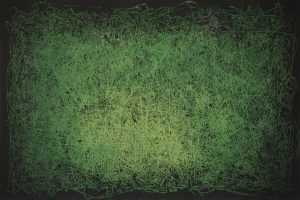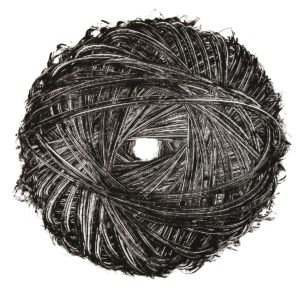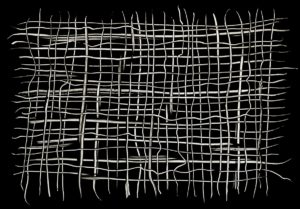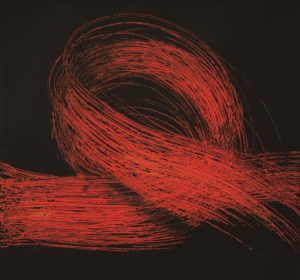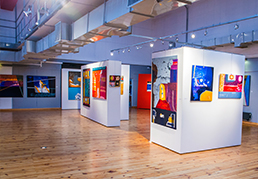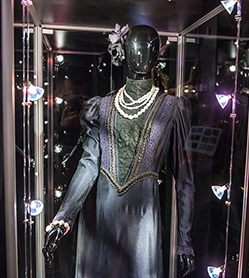Wystawy
Piotr Tołoczko | Graphics March/ April, 2018
Gesture notation in the graphic Piotr Tołoczko
The artist, while creating a work, struggles with matter. The smallest structure of this struggle and the action it is able to start and end in an instant is gesture. The gesture combines all ideas with the material of the work, regardless of whether the movement is unconscious or intentional. So every handicraft has a gesture record. The problem is the correct reading in the form of information about the gesture.
Gesture in art occurs in various contexts. In theatrical and stage arts, as in speech, it is the basis for expressing mood, feelings and emotions. It complements and emphasizes the verbal communication of actors or replaces it. When playing an instrument, we can see similar emotions in the gestures of musicians, which translate into musical form. Dance also organizes the gestures to the music. In processual arts, the gesture exists in time and fills a specific moment. It becomes fleeting. Plastic arts can consolidate the transience of a gesture and keep it in the work. Before the development of technology, visual arts operated only on handicrafts, and gesture was the basic tissue of the work. Individual gestures influenced the overall form and, harmonizing with each other, often created the style of the author. In currents related to gesture painting (Tashism, action painting, informel), gesture has achieved its apotheosis and gained creative autonomy. As an accidental and unpredictable element, with the overarching concept of the work, it was often undesirable (minimal art). Technology and machines used in art have hidden a human gesture. However, in a way they extended his field of activity and allowed him to enter areas previously inaccessible to handicrafts (micro and macro-scales). The gesture, partly replaced and simplified by the control program, has become increasingly difficult to grasp. On the other hand, it was more precise and predictable. This process has changed the graphics particularly.
Graphics is a discipline in which a unique gesture appearing in a drawing is reproduced and reproduced. Once fixed on a matrix, it is multiplied. These two faces of graphics, on the one hand: gesture, matrix, original, on the other: copy, lack of one original, multiplication, coexist within this discipline of art. The original and copy is a dualism that inspires and creates tension. The problem of gesture notation may help to understand the essence of the coexistence of many originals on the graphics plane. It can also be an interesting perspective for assessing what is traditional and what is new in graphics.
Piotr Tołoczko
PIOTR TOŁOCZKO
Graduated from the Faculty of Fine Arts at the Nicolaus Copernicus University in Toruń, Poland, diploma in graphics (2004) and sculpture (2007). In 2011, graduated PhD program. Currently, he works as a lecturer at the Visual Arts Department at the Faculty of Civil and Environmental Engineering and Architecture at UTP in Bydgoszcz. His research encompasses the meaning of gesture in art. He makes printmaking, drawing, sculptures and installations.
Photo report from Exhibition
 return
return

